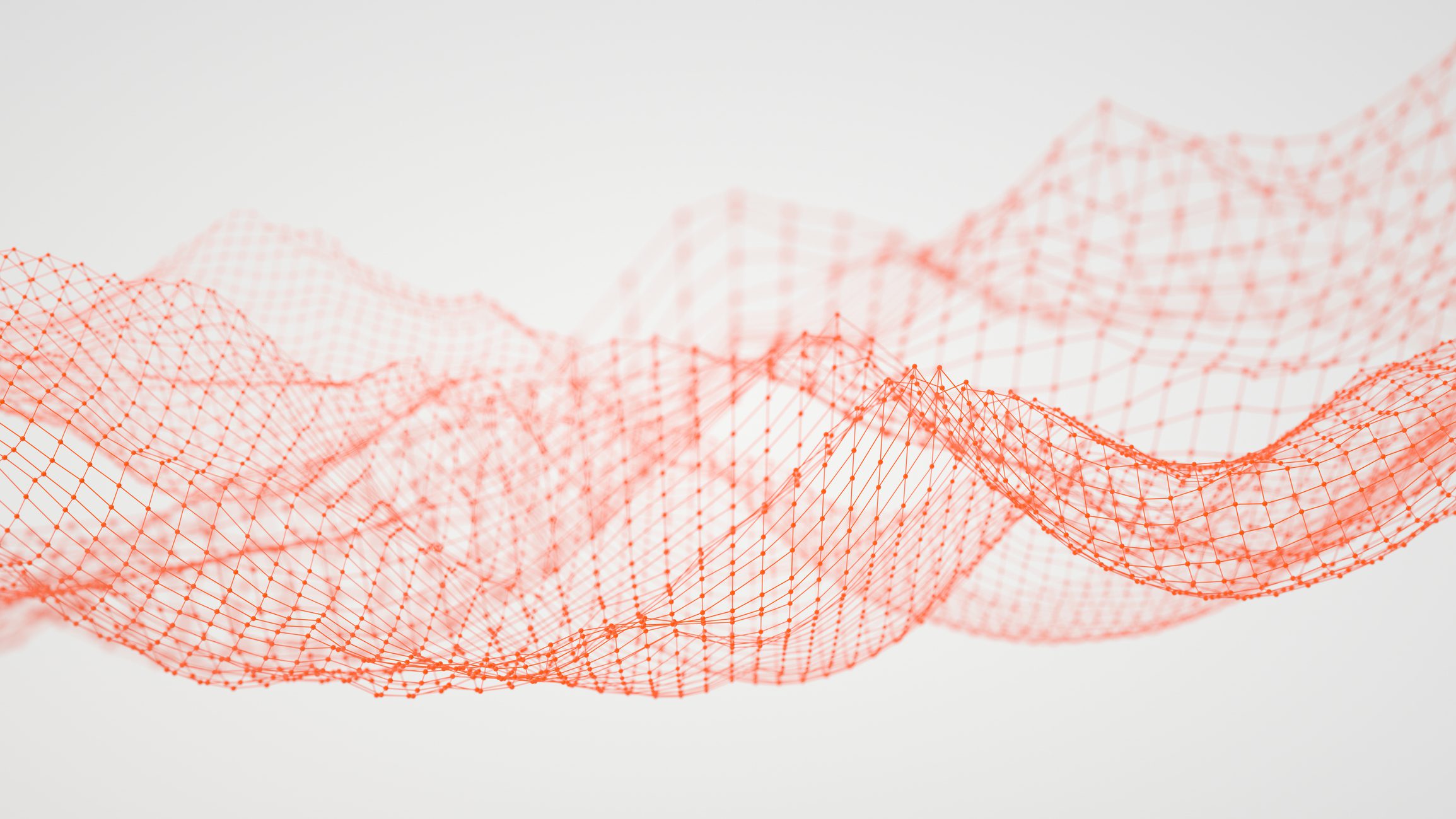Globally, patent protection for polymorphs continues to evolve, with different jurisdictions applying nuanced (and often inconsistent) tests for patentability. Here, we intend to give you a taste of the type of protection you can expect to secure in the main Pharma and Biotech jurisdictions around the world, relay some of the difficulties you may encounter, and provide tips on how to prepare a strong polymorph patent application.
Polymorphs
Polymorphs refer to different crystalline forms of the same chemical substance, often exhibiting distinct physical properties such as solubility, stability, and bioavailability. These variations can significantly impact the performance and efficacy of pharmaceuticals, agrochemicals, and other chemical compounds.
Global Protection
The standard patentability requirements of novelty, inventive step and industrial applicability apply to all polymorph inventions. In addition, polymorph inventions are typically subjected to very specific enablement and clarity requirements. In short, there is a fine balance to be struck between defining the polymorph in enough detail for the Patent Office to consider it enabled and securing a scope of protection that is of commercial value. After all, patents are negative rights, used to deter competition – the broader scope of protection, the more difficult it is for a competitor to work around your patent.
Unless your polymorph shows immensely improved properties in terms of therapeutic effectiveness and physical characterization as compared to the substance in an uncrystallised form and to any other known polymorphs of the same substance, you will come across some resistance from Patent Offices when proving inventive step and defining the polymorph in a clear and enabled manner (without compromising too much on the scope!).
We divided the countries with significant Pharma/Biotech patent filings into three categories to highlight the scope of polymorph protection you can expect to obtain in each country, based on our experience and assuming you employ strong prosecution strategies.
- Comprehensive protection: Europe, US, Canada, Australia, New Zealand, Singapore, South Korea, South Africa, and Brazil
- Lucky dip: Eurasia, Israel, Chile, Mexico, Peru, Panama, Venezuela, Lebanon, and Taiwan
- Narrow scope // no protection: Japan, India, GCC countries, China, Russia, Argentina, and Paraguay
The “comprehensive protection” countries will, typically, let the patentee describe the polymorph with a minimal number (e.g. 1) of peaks/reflections in an X-ray diffraction pattern (or similar) provided that your patent application includes comparative data to show an improved technical effect (e.g. better solubility, stability, and/or therapeutic effectiveness) of the claimed polymorph over the other known polymorphs and/or the substance in an uncrystallized form. This, of course, provides the strongest protection and a significant commercial advantage as many polymorphic structures may overlap in terms of the peaks/reflections in their diffraction pattern.
The “lucky dip” countries are the countries that generally let the patentee describe the polymorph with 3-4 peaks/reflections in an X-ray diffraction patter (or similar) assuming the presence of comparative data. This may mean that you will be able to secure protection for your specific polymorph, but not much else.
The “narrow scope // no protection” countries are the countries, which (1) require a very detailed description of the polymorph in the claims (e.g. 10 peaks/reflections and/or additional physical properties); and/or (2) have a very high inventive step threshold for polymorph inventions; or (3) exclude polymorphs from patentability under local laws.
What’s required?
Assuming your polymorph is novel (see below!), you can convince the Patent Office that the polymorph is inventive if you show:
- Improved properties e.g. better stability, solubilit, hygroscopicity, or bioavailability as compared to other polymorphs of the substance.
- Detailed characterization using techniques, such as XRPD, DSC, TGA, IR, and/or NMR. Ideally, the polymorph is characterized both in terms of its structure and physical properties.
- Comparative data to show how your polymorph is better than others (including the known forms). Ideally, show that your polymorph has improved physical/therapeutic properties over the substance in an uncrystallized form (e.g. if you ever dream of securing protection in Saudi Arabia), or that the polymorph shows better therapeutic efficacy than any other polymorph or uncrystallized substance (if India is what you are after).
In general, for polymorph inventions it is typically necessary to disclose a significant amount of data in your patent application.
Inherent anticipation
On the novelty point… In some cases, a polymorph may be deemed not patentable due to “inherent anticipation”. This occurs when a polymorph is considered to have been disclosed in the prior art, even though not described to the level you would have described it, and/or not tested for physicochemical/therapeutic properties. There may, however, be options for rebutting this point, especially if the substance is known to have many different polymorphic forms. However, this will definitely add to the complexity (and cost!) of your patent prosecution.
Final thoughts
- Strategically protecting polymorphs can help safeguard innovations and ensure competitive advantage in the market.
- Strong prosecution strategy is everything! Many Patent Offices will rely on a positive opinion of the International Searching Authority – this may help with securing broader protection in the countries with stricter requirements for patenting polymorphs.
- Data! The more data to describe the polymorph and show its technical advantage, the better. Comparative data is a must.
At Boult we bring extensive expertise in drafting high-quality patent applications to cover your polymorph inventions. We understand the unique challenges and nuances required to secure meaningful and enforceable patent protection in different jurisdictions around the world. If your company is developing new polymorphic structures, reach out to discuss your IP strategy.
Meet our biotechnology team.


